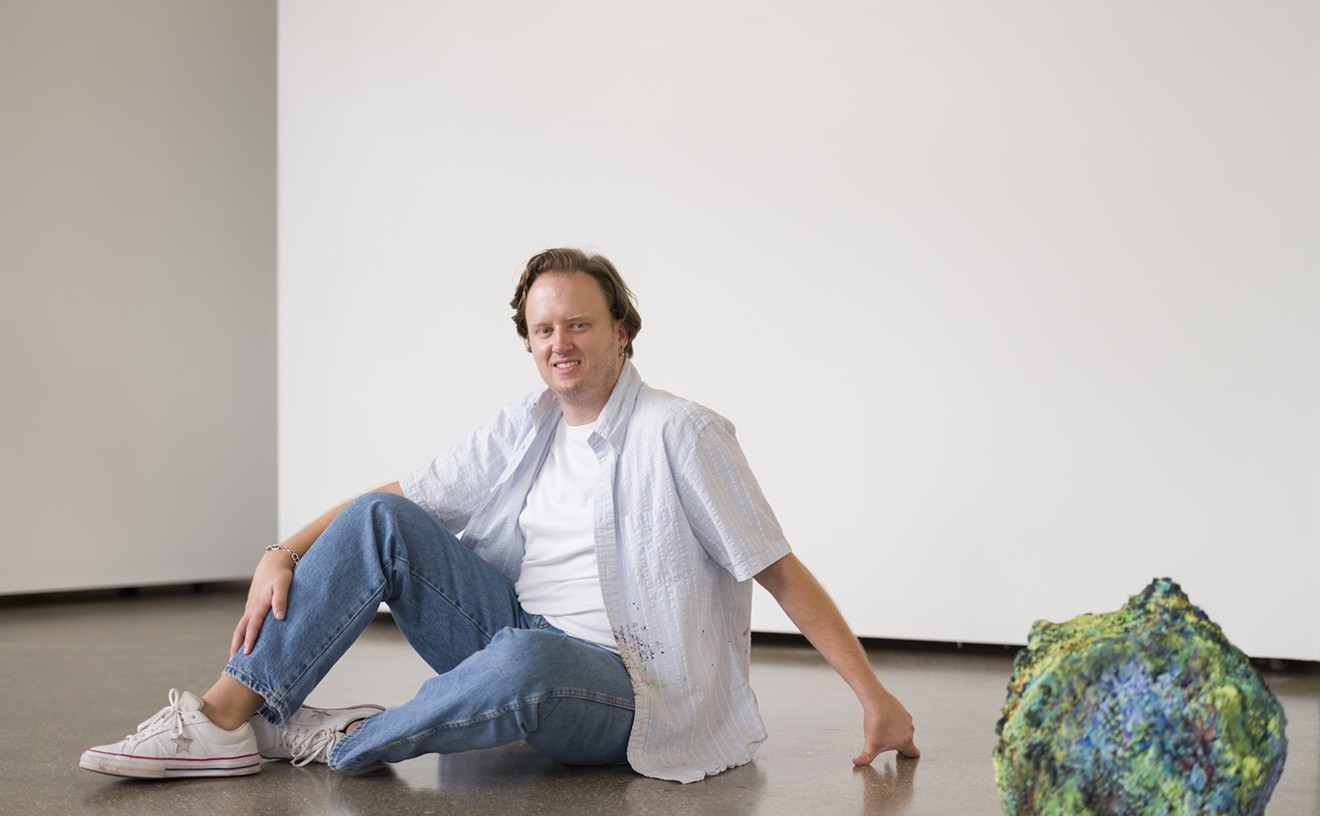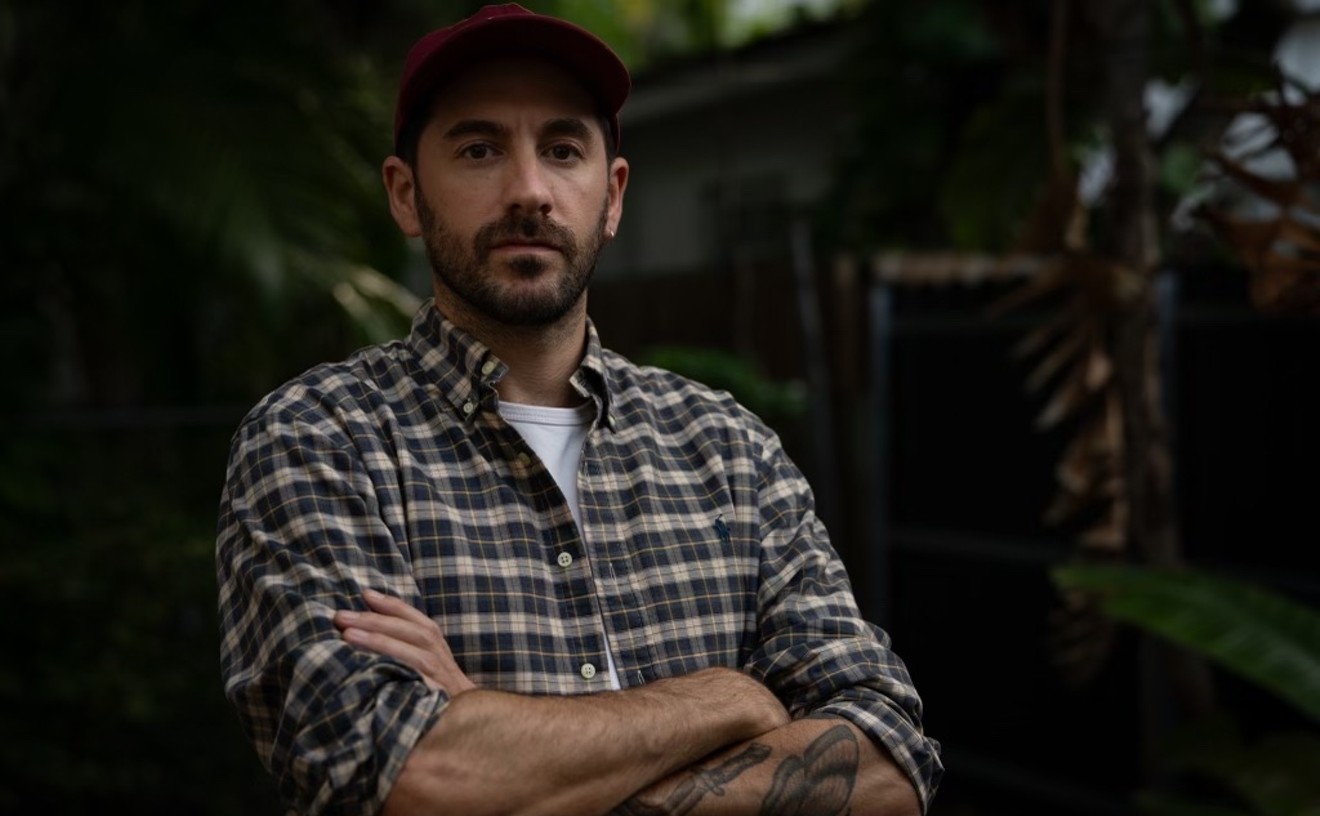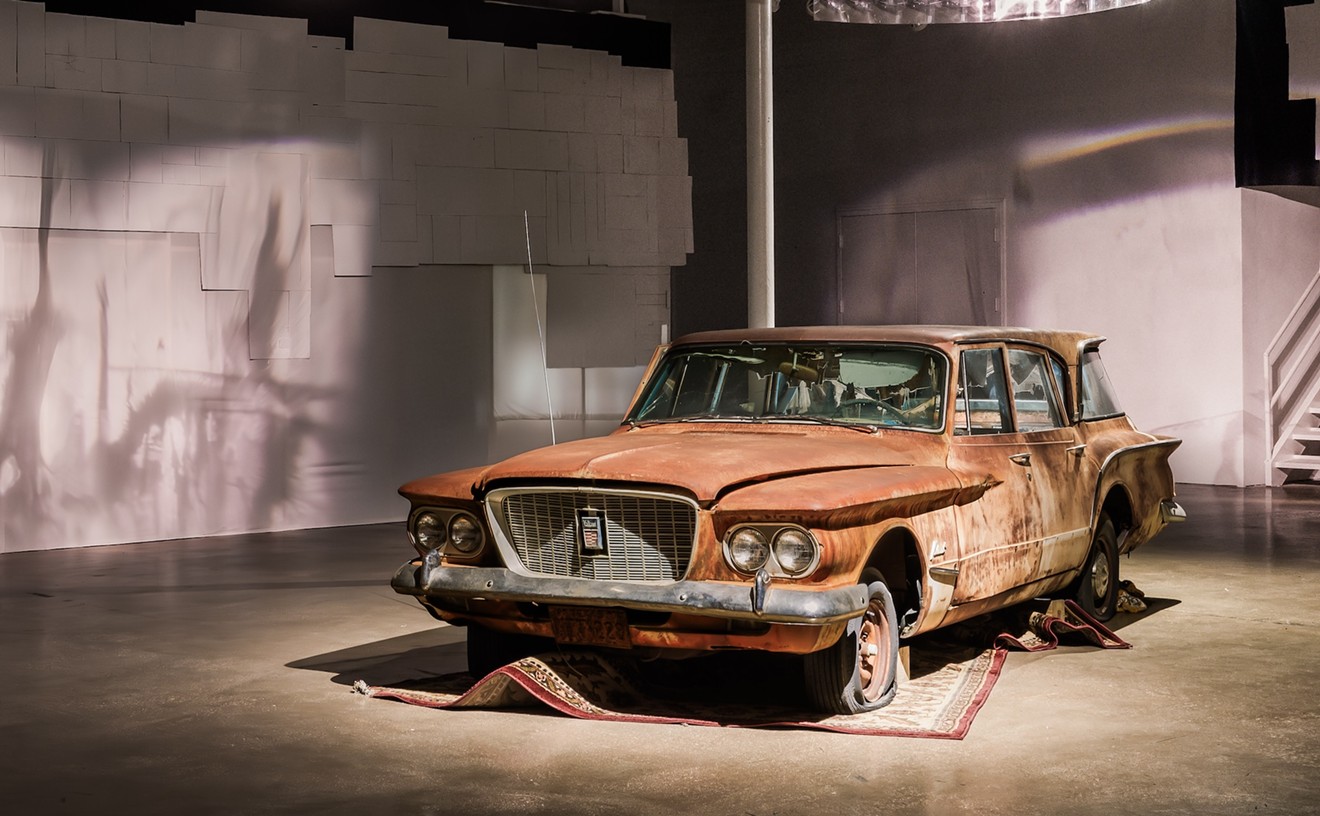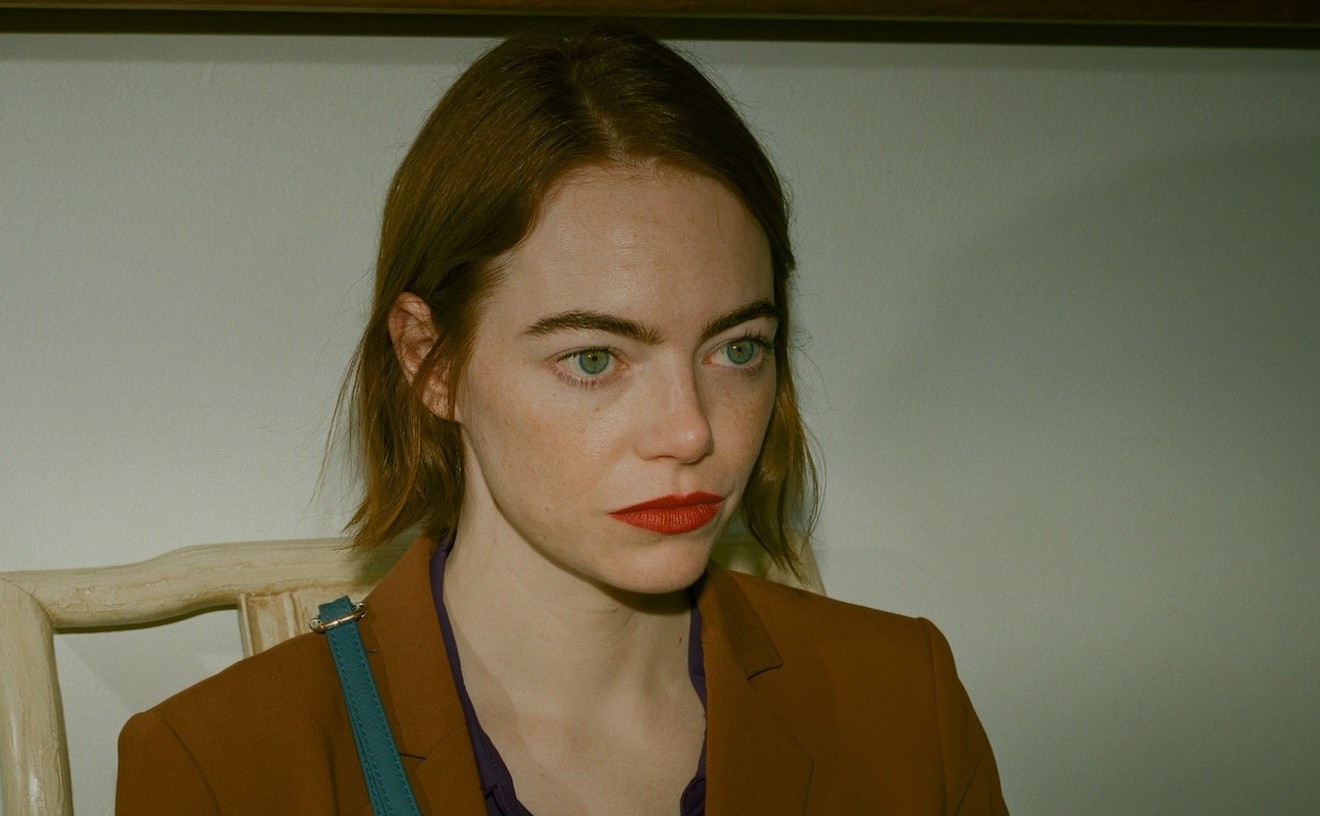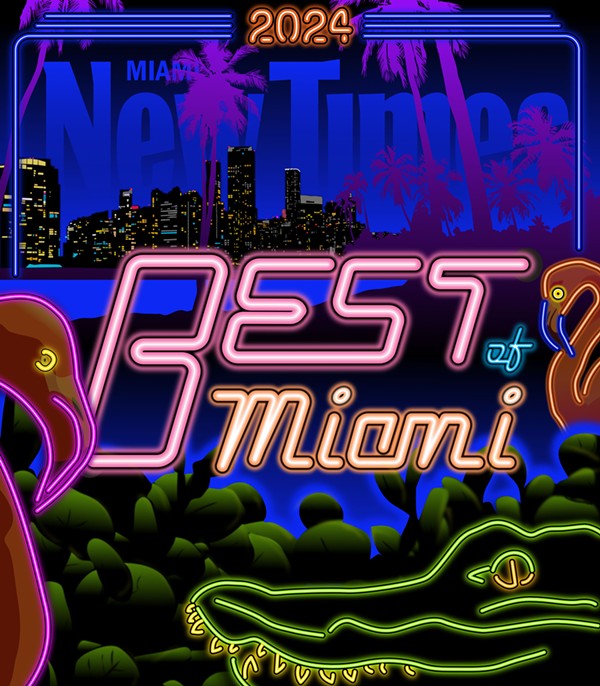Don't click off just yet — I promise PAMM isn't trying to throw you any tongue twisters with the show's title. In fact, "Xican-a.o.x. Body," which is pronounced with a ch in place of the "x" and gives readers a choice for a gender-specific or nonbinary suffix, is reflective of the nuanced, intersectional, and heterogeneous nature of the Latin community it represents. It's an alphabet soup of identities not far off from our own here in Miami.
Curators Cecilia Fajardo-Hill, Marissa del Toro, and Gilbert Vicario center on the idea of the "Brown Commons," a term coined by writer José Esteban Muñoz to explain the feeling and experience of existing within an "in-between." The show's 150-plus works in various mediums aim to not only articulate what it means to straddle the line ethnically and sexually but also transform the often pejorative "other" into a tool of empowerment against conformity, mirroring the 1960s Chicano Movement's efforts against assimilation.
Though specific to the Chicano experience, Vicario assures that the South Florida community will find solidarity with the show's themes and see its own narratives featured.
"A part of PAMM's mission is to highlight the artistic production of Black diaspora and Latin American artists and cultures. It's important to have this exhibition [in Miami] because, in a way, it adds to this larger dialogue around Latinx culture in the United States," shares Vicario, who doubles as the museum's chief curator. "People really look to PAMM for guidance on this particular type of art. The exhibition gives people a window into another experience that fundamentally resonates with them because we come to realize we have very similar experiences."

Fabian Guerrero's Jose in front of Laundromat, Lynwood, CA, 2017
Fabian Guerrero and American Federation of Arts photo
Similarly, the exhibition speaks loudly about the female experience on a global and intergenerational scale, as well as the specific hurdles Chicana women have faced within their community.
"When you see an image like this of a young, beautiful woman that feels that she's sensual, that feels like she can see or be seen," says Fajardo-Hill, pointing to Liz Cohen's Dazza Del Rio, a print of a Lowrider magazine cover featuring the publication's famed pinup girl, "As a woman, you can relate to that image. We can relate to that image today. A lot of these works are something you can relate to independently, whether you're a Chicana or not because you're a human being."
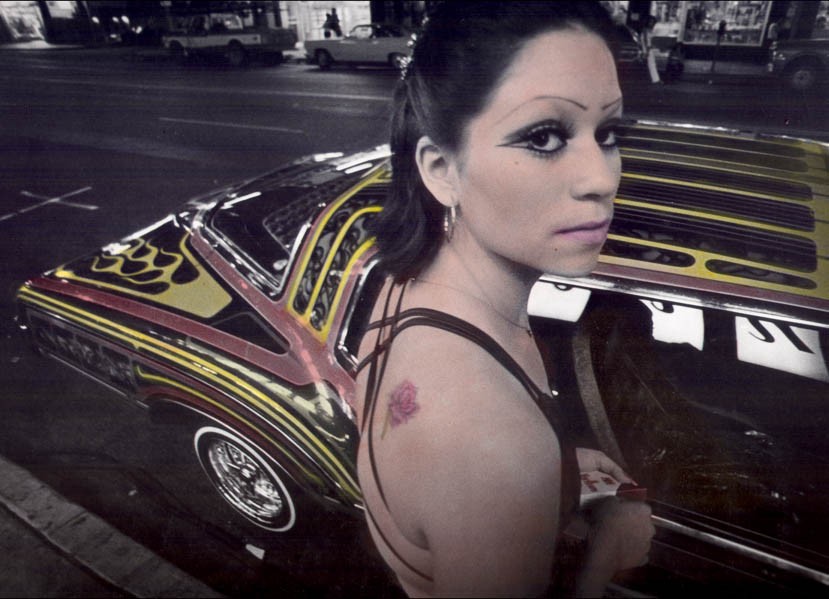
Ricardo Valverde's Boulevard Night, 1979-1991
Esperanza Valverde and Christopher J. Valverde Collection and American Federation of Arts photo
"Xicanx is American art," emphasizes del Toro, a Chicana herself. "It's contemporary art, and it's relevant to the current art world."
"Xican-a.o.x. Body." On view through February 16, 2025, at the Pérez Art Museum Miami, 1103 Biscayne Blvd., Miami; 305-375-3000; pamm.org. Tickets cost $14 to $18; admission is free for members and children 6 and under. Thursday 11 a.m. to 9 p.m. and Friday through Monday 11 a.m. to 6 p.m.






